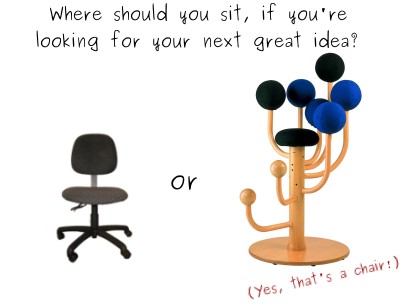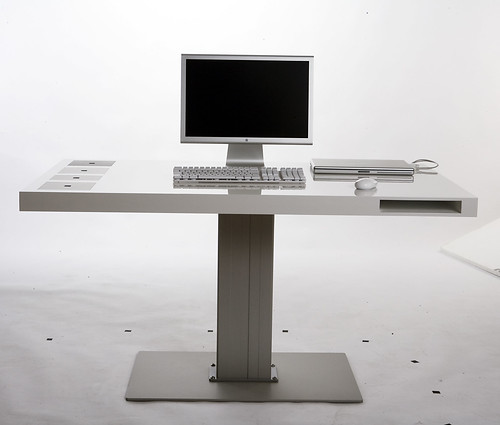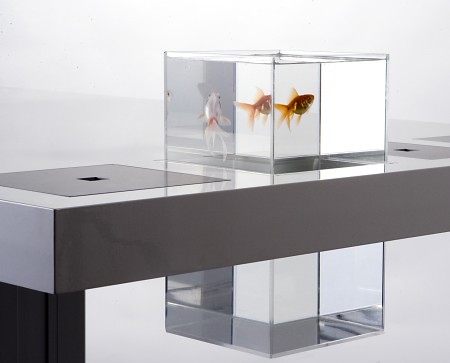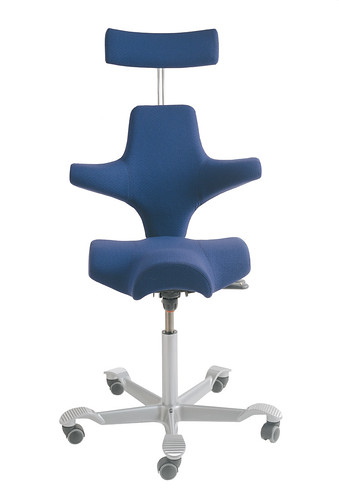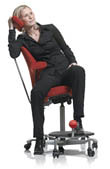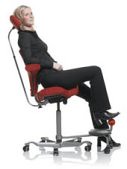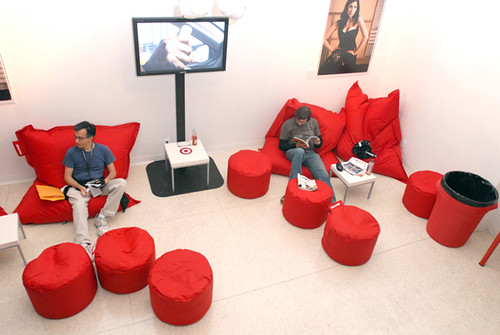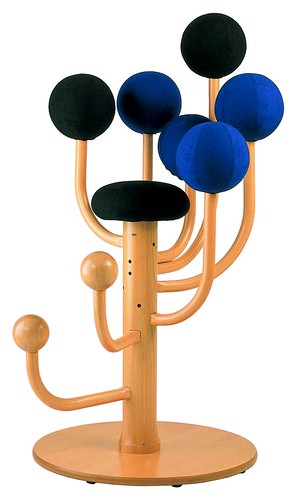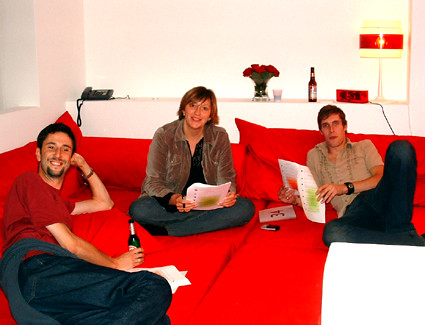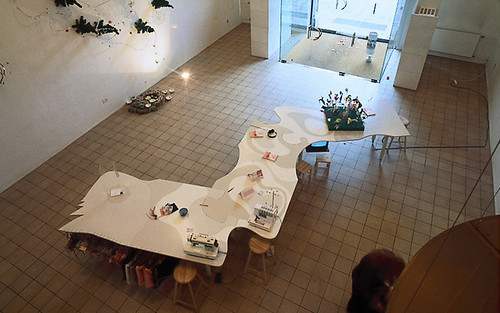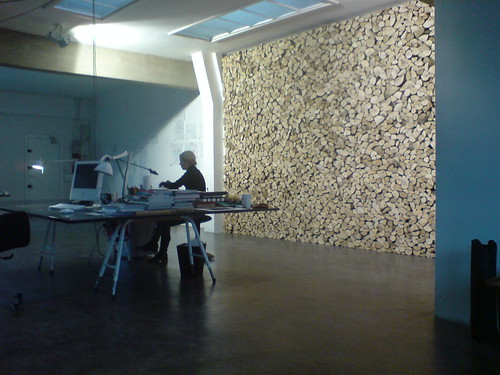10 Predictions for 2012: The Top Trends in Talent Management and Recruiting
by
Dr. John Sullivan Dec 5, 2011, 5:03 am ET
Dr. John Sullivan Dec 5, 2011, 5:03 am ET
It’s always better to be prepared than surprised.By definition, being strategic requires that you look forward — identifying trends, opportunities, and threats. With the December lull looming, now is a great time to plan for the future. I’ve listed the “top 10 talent management trends” I foresee that require your attention.
But you should certainly do your own thinking. I recommend that you start by examining this past year…
2011 Was The Year of Social Media
2011 was a tough year for many in talent management, but despite compressed budgets, organizations continued to hire and develop talent. One factor that seemed to invade nearly every high-level functional discussion was social media. It’s clear that Facebook, LinkedIn, and Twitter will play a dominate role in recruiting and development best practices in years to come.Not surprisingly, 2011 saw no fewer than 40 new vendors emerge to help organizations use social media to attract referrals. We also started to see early stage tools to use social media in talent assessment (pre/post hire) as well as applicant/candidate/employee experience management. New tools brought much enhanced visibility into talent issues, but most talent-management metrics continue not to resonate with key leaders outside of the HR function.
2012 Will Be “The Year of the Mobile Platform”
By the end of next year, even the skeptics will have to admit that the mobile platform will have become the dominant communications and interaction platform by early-adopting best-practice organizations. The capabilities afforded users of smartphones and tablet devices grows immensely day by day. Long before unified inboxes existed for the desktop, smart device users could see all incoming e-mail, social messaging, text messaging, and voice and video messaging in a single place.Tablets will become the virtual classroom, and an emerging class of tools will let employees manage almost every aspect of their professional life digitally. During the next year, talent management leaders need to invest heavily supporting execution of talent management initiatives across mobile.
The Additional Top Nine!
Intense hiring competition will return in selected areas — global economic issues will persist for years to come, but the global war for talent will continue spiking in key regions an industries. While growth has slowed somewhat in China, Australia and Southeast Asia — including India — continue to see dramatic demand for skilled talent. In the U.S. and Europe, demand is still largely limited to certain industries where skills shortages have been an issue for years.In high tech inclusive of medical technologies, 2012 will see a significant escalation in the war for top talent. As innovators and game changers step out of established tech firms like Facebook, Apple, Google, Twitter, and Zynga, a whole new breed to tech startups will be born each vying for the best of the best. While recruiting will move forward at a breathtaking pace, so too will “rapid” leadership development.
Retention issues will increase dramatically — almost every survey shows that despite high engagement scores, more than a majority of employees are willing to quit their current job as soon as a better opportunity comes along. I am predicting that turnover rates in high-demand occupations will increase by 25% during the next year and because most corporate retention programs have been so severely degraded, retention could turn out to be the highest-economic-impact area in all of talent management.
Rather than the traditional “one-size-fits-all” retention strategy, a targeted personalized approach will be required if you expect to have a reasonable chance to retain your top talent.
Social media increases its impact by becoming more data-driven — most firms jumped on the social media bandwagon, but unfortunately the trial-and-error approach used by most has produced only mediocre results. Adapting social media tools from the business coupled with strong analytics will allow a more focused approach that harnesses and directs the effort of all employees on social media. Talent leaders will increasingly see the value of a combination of internal and external social media approaches for managing and developing talent.
Remote work changes everything in talent management — the continued growth of technology, social media, and easy communications now makes it possible for most knowledge work and team activities to occur remotely. Allowing top talent to work “wherever they want to work” improves retention and makes recruiting dramatically easier.
Unfortunately, even though it is now possible for as much as 50% of a firm’s jobs to be done remotely, manager and HR resistance has limited the trend. Fortunately, managers and talent management leaders have begun to realize that teamwork, learning, development, recruiting, and best-practice sharing can now successfully be accomplished using remote methods. Firms like IBM and Cisco have led the way in reducing and eliminating barriers to remote work.
The need for speed shifts the balance between development and recruiting — historically, best practice within corporations has been to build and develop primarily from within. However, as the speed of change in business continues to increase and the number of firms that copy the “Apple model” (where firm is continually crossing industry boundaries) increases, talent managers will need to rethink the “develop internally first” approach.
In many cases, recruiting becomes a more viable option because there simply isn’t time for current employees to develop completely new skills. As a result, the trend will be to continually shift the balance toward recruiting for immediate needs and the use of contingent labor for short-duration opportunities and problems.
Employee referrals are coupled with social media — the employee referral program in many organizations is operated in isolation as are the organizations’ social media efforts, but talent managers are beginning to realize that the real strength of social media is relationship-building by your employees.
With proper coordination, employee relationships can easily be turned into employee referrals. This realization will lead to a shift away from recruiters and toward relying on employees to build social media contacts and relationships. The net result will be that as many as 60% of all hires will come from the combined efforts. The strength of these relationships will lead to better assessment and the highest-quality hires from employee referrals.
Employer branding returns — Employer branding and building talent communities are the only long-term strategies in recruiting. True branding is rarely practiced (hint: it’s not recruitment marketing) especially in the cash-strapped function of today, but years of layoffs, cuts in compensation, and generally bad press for business in general may force firms to invest in true branding. The increased use of social media and frequent visits to employee criticism sites (like Glassdoor.com), make not managing employer brand perception a risky proposition. While corporations will never control their employer brand, they can monitor and influence in a direction that isn’t catastrophic to recruiting and retention.
The candidate experience is finally getting the attention it deserves — Organizations have never treated candidates as well as they did their customers, but the high jobless rate has allowed corporations to essentially abuse some applicants. As competition for talent increases and as more applicants visit employer criticism sites like Glassdoor.com, talent leaders will be forced to modify their approach.
At the very least, firms will more closely monitor candidate experience metrics as they realize that treating applicants poorly can not only drive away other high-quality applicants but it can also lose them sales and customers.
Forward-looking metrics begin to dominate — Almost all current talent management and recruiting metrics are backward looking, in that they tell you what happened in the past. Other business functions like supply chain, production, and finance have long championed the use of “forward-looking” or predictive metrics and the time is finally coming when talent management leaders will shift their metrics emphasis. Forward-looking metrics can not only improve decision-making but they can also help to prevent or mitigate future talent problems.
Other Things to Keep Your Eye On…
In addition to the major trends highlighted above, there are 12 additional “hot” topics to keep your eye on:- Risk identification — almost every other business function has already adopted a risk management strategy. So the time is coming when talent management will be forced to adopt a similar strategy and set of metrics. This program will not only cover HR legal issues but also the economic “risk” associated with weak hiring, the absence of developed leaders, and the cost of turnover of key talent.
- Prioritization — continued budget and resource pressure will force talent management leaders to prioritize their services, business units, key jobs, and high-value managers/employees.
- Integration — there will be increasing pressure for talent management functions to more closely integrate and work seamlessly.
- Expedited leadership development — as more baby-boom leaders and managers actually begin to retire, there will be increased pressure for expedited leadership development — specifically solutions that develop talent remotely using social media tools and within months rather than years.
- Competitive analysis — the increasingly competitive business world has forced almost every function to be more externally focused. Although HR has a long history of being internally focused and not being “highly competitive,” there is increasing pressure to become more business-like and to adopt an “us-versus-them” perspective. That means conducting competitive analysis and making sure that every key talent management function produces superior results to those at competitors.
- Contingent workers — as continuous business volatility becomes the “new normal,” the increased use and the improved management of contingent workers will become essential for agility and flexibility.
- Unionization — there is a reasonable chance that actions by the NLRB will increase union power and make it easier for unions to gain acceptance at private employers.
- Recruiting at industry events — as industry events return to popularity, recruiting at them will again become an effective tool for recruiting top and diverse talent.
- Location software — talent managers will begin to realize that software that allows you to check-in and see who is within close geographic proximity has great value and many still unidentified uses.
- Hire before they do — most firms will restrict their hiring until the turnaround actually begins. However, your firm must have a talent pool or pipeline developed, so that you can hire immediately and capture the top talent right before your competitors realize the downturn is over.
- Assessment continues to improve — vendors, software, and tools continue to improve in this area that will become increasingly important.
- Increase your revenue impact — increased economic pressures will continue the trend of forcing all functions (including talent management) to convert their functional results into business impacts in dollars. Talent management will face increasing pressure to directly demonstrate how their hiring, retention, development, etc. is focused, so that it directly increases and maximizes corporate revenues.
Final Thoughts
A recent survey of CEOs rates talent management as the No. 1 area where CEOs expect dramatic change during the next year. Given this increased attention, it’s even more critical that talent management and recruiting leaders set aside time to conduct a SWOT assessment (Strengths, Weaknesses, Opportunities, Threats) to identify where they are and where they need to be.The “new” talent management leader must be more strategic, more proactive, and more business-like, and that means getting your entire staff to begin thinking about and planning for the game-changing events, trends, and opportunities that will occur during the next year. It’s time to realize the “but-we-are-overwhelmed-and-too-busy” excuse for not forecasting and planning is wearing thin.

